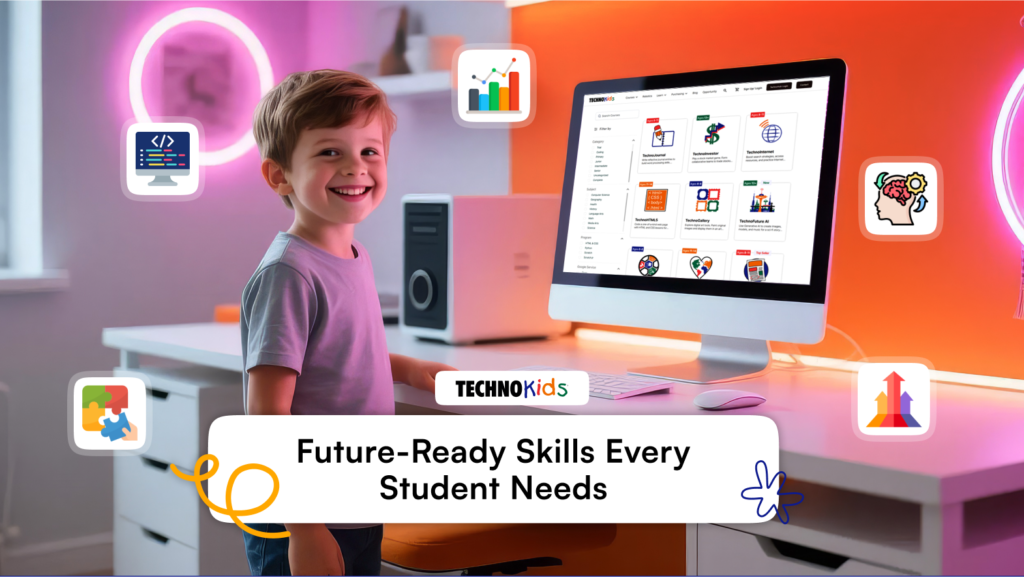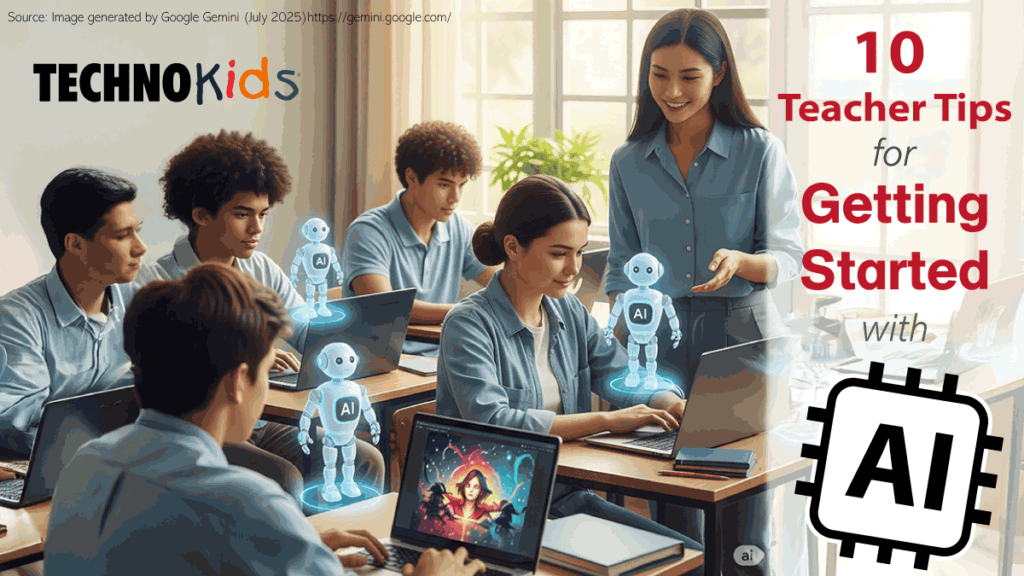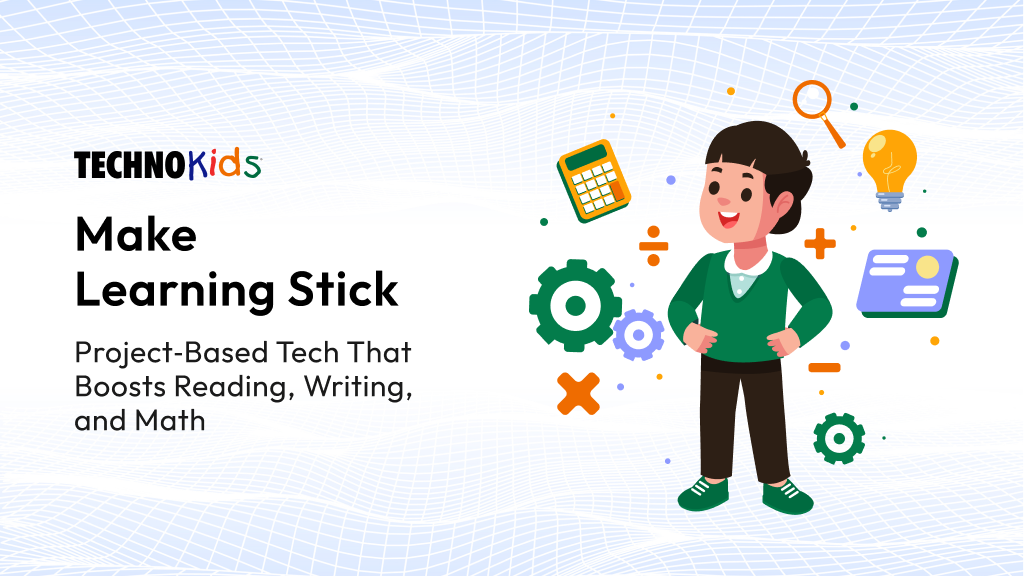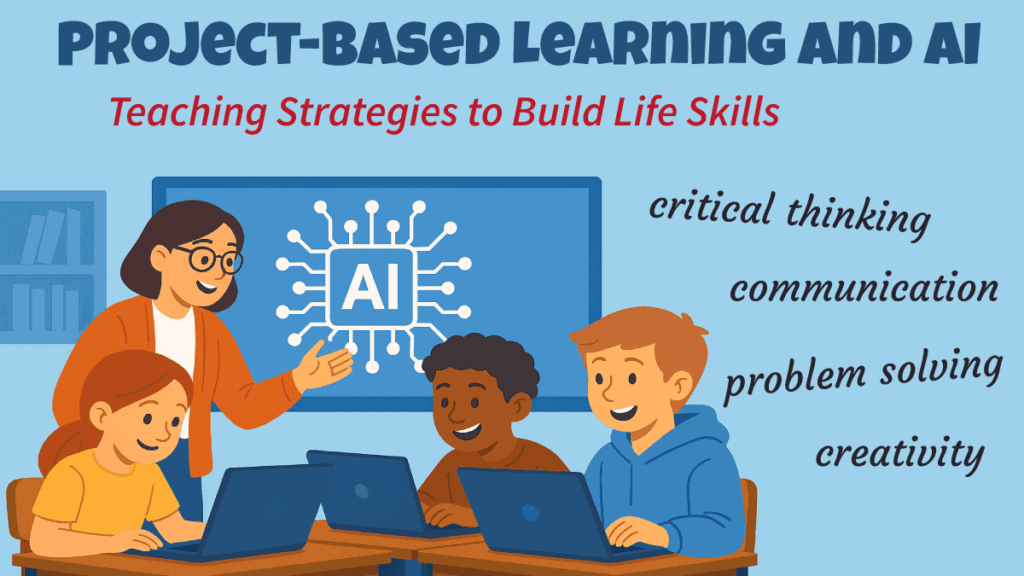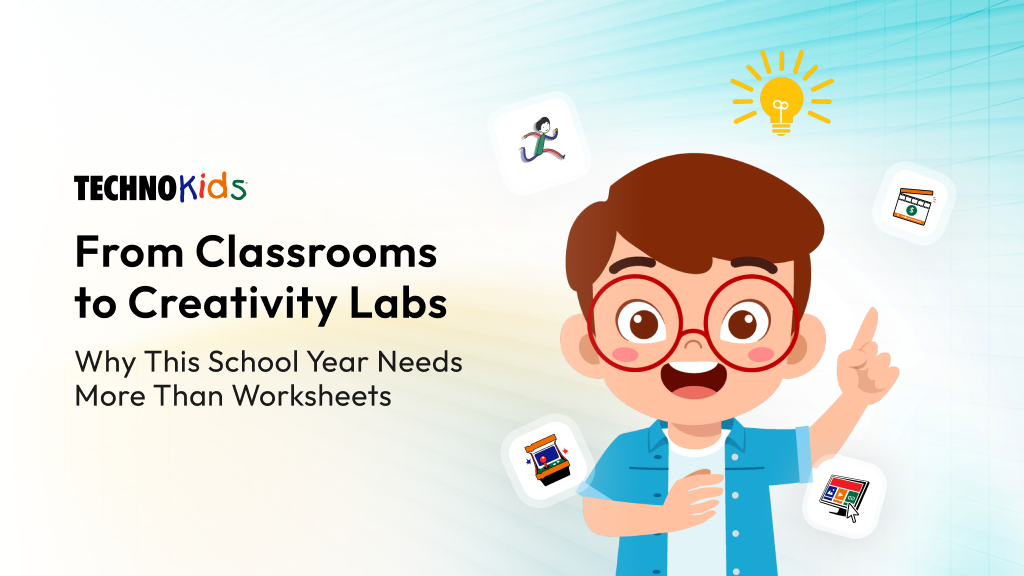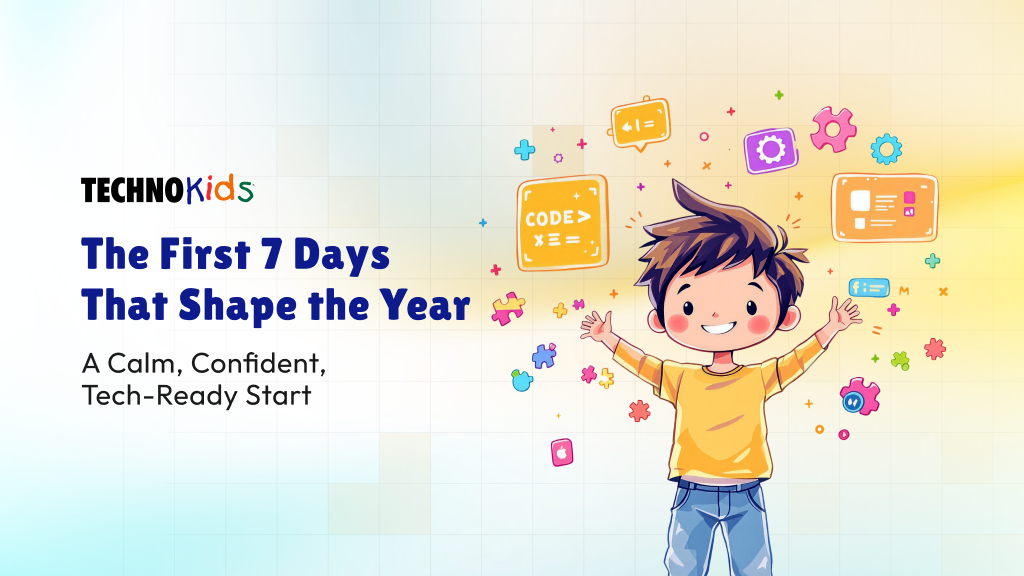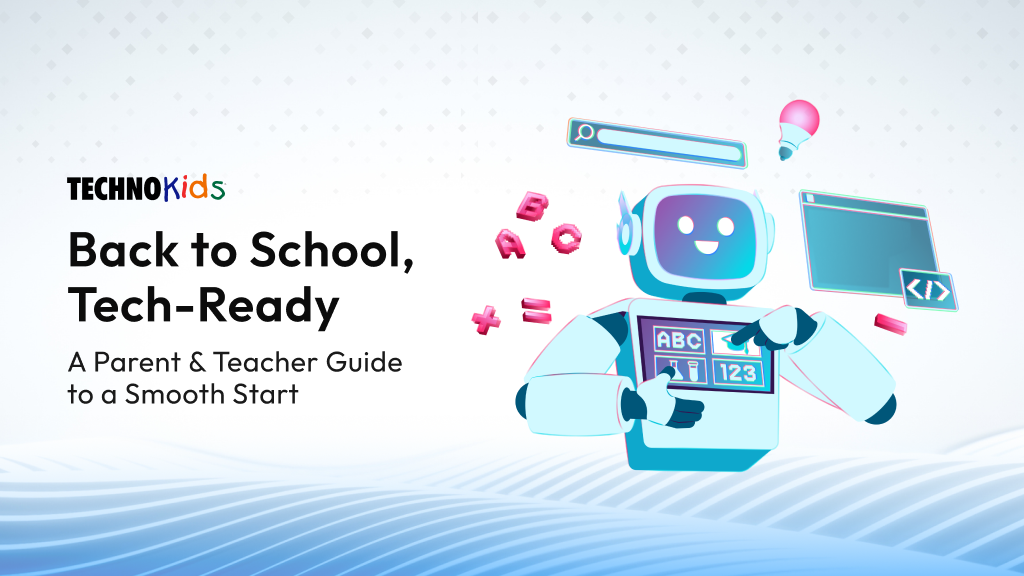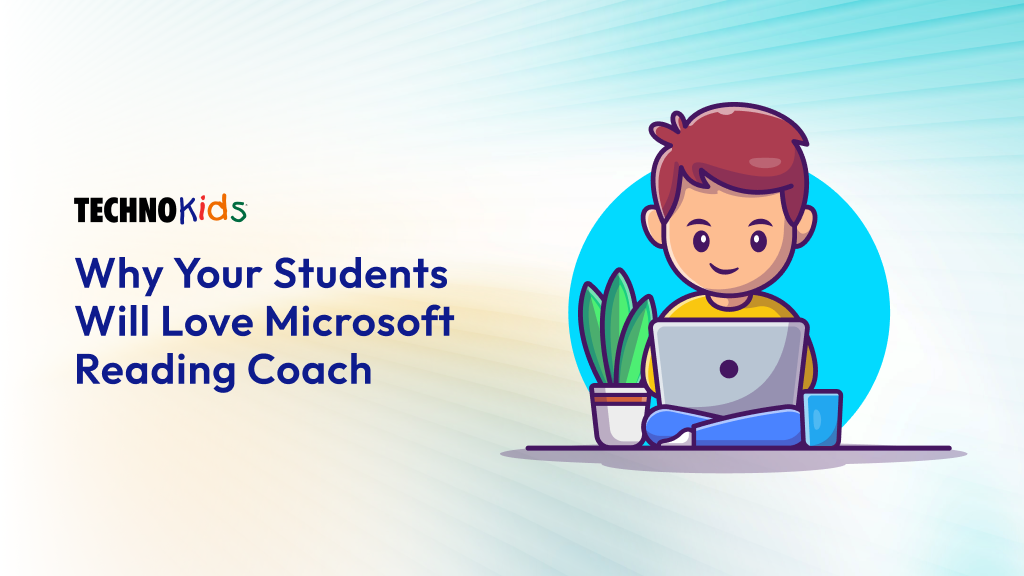Future-Ready Skills Every Student Needs: Coding, Data, Games, and Beyond
Preparing Students for a Digital World In today’s classrooms, digital literacy is more than a skill , it’s a foundation for future success. Whether it’s understanding data, creating digital art, or coding their first game, students need learning experiences that go beyond worksheets. At TechnoKids, our project-based curriculum empowers students to explore, create, and solve […]
Future-Ready Skills Every Student Needs: Coding, Data, Games, and Beyond Read More »
